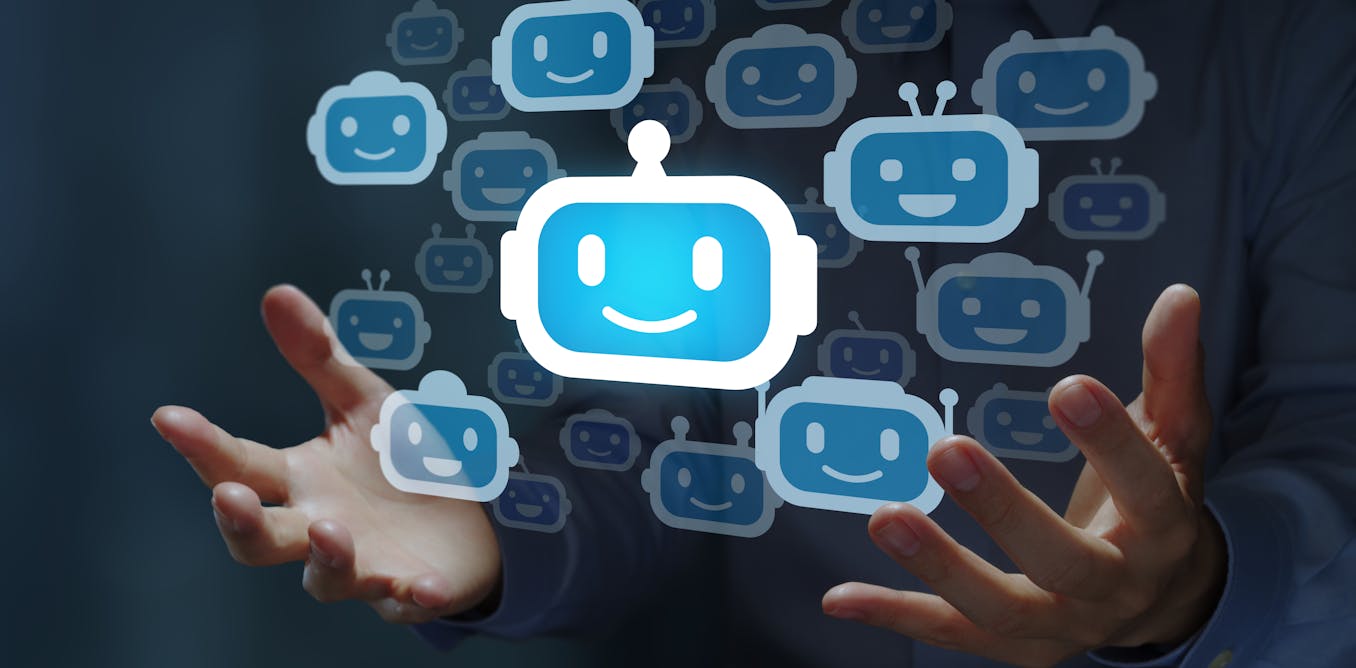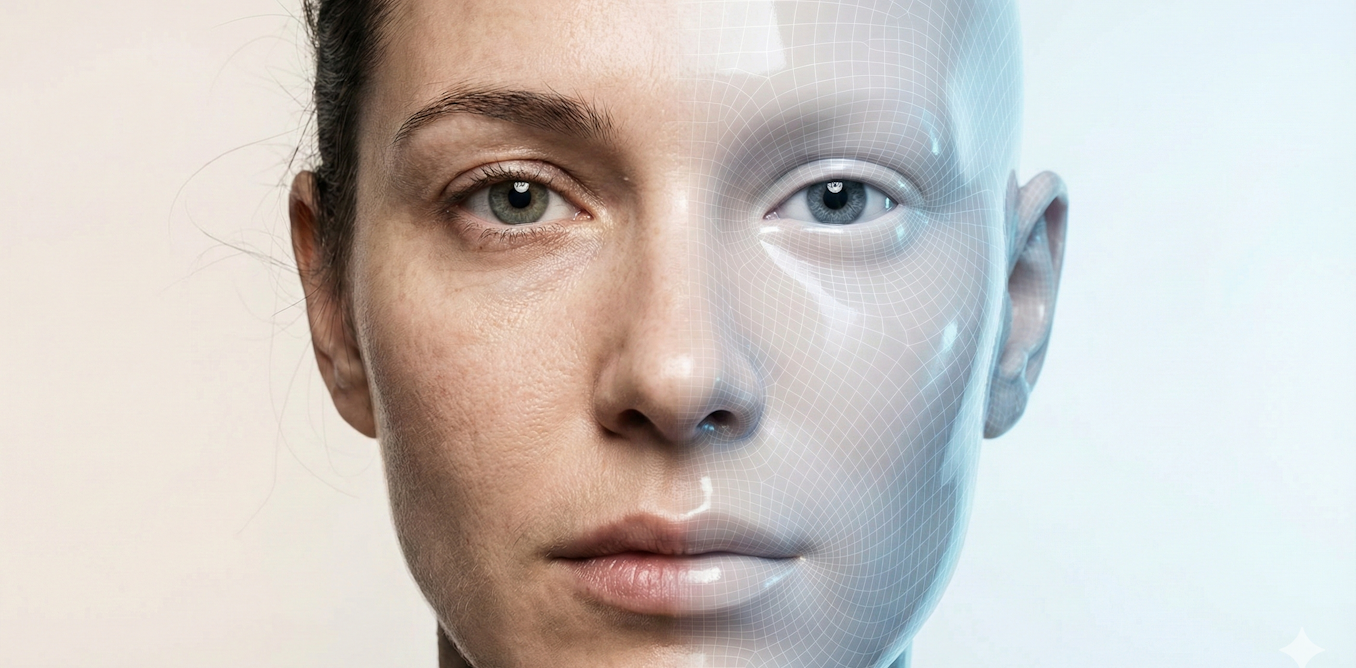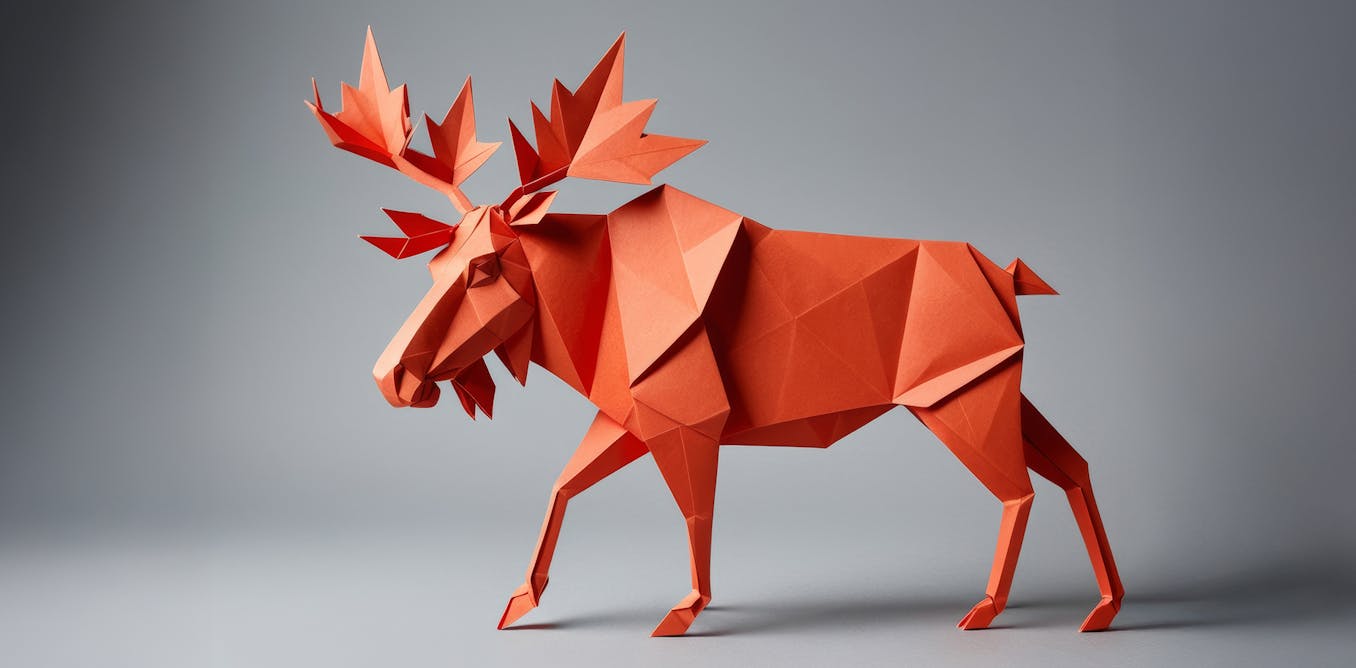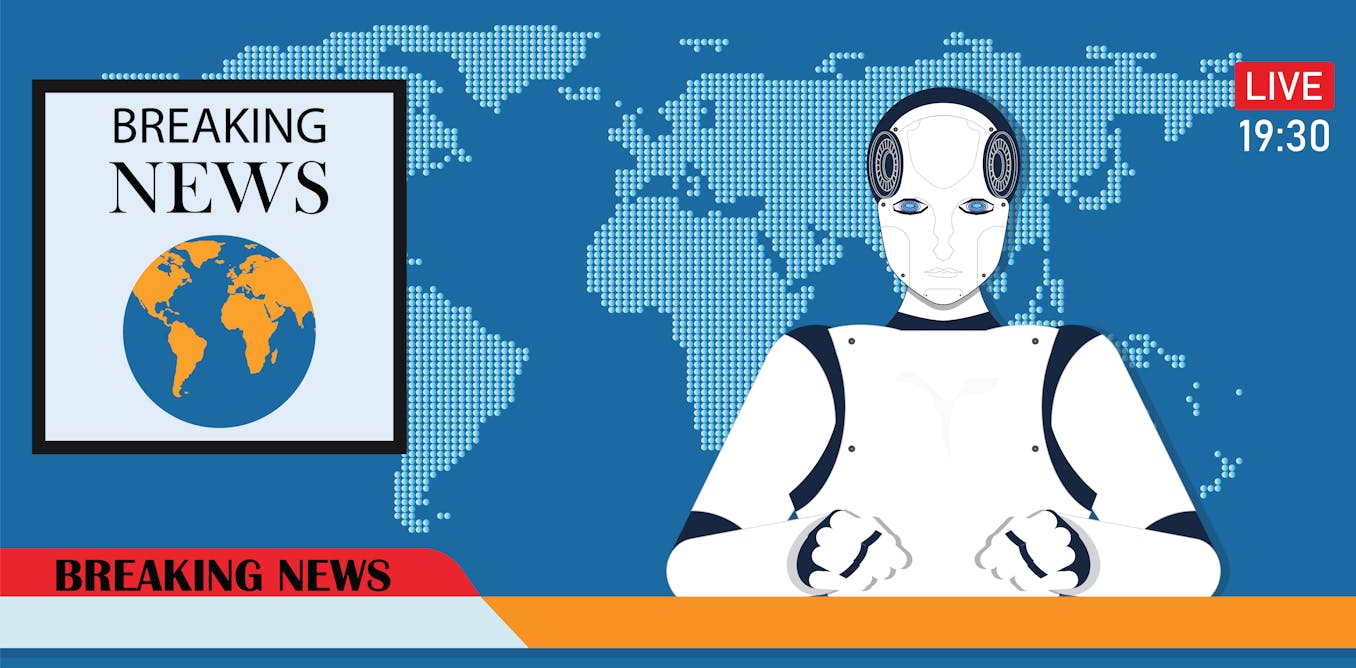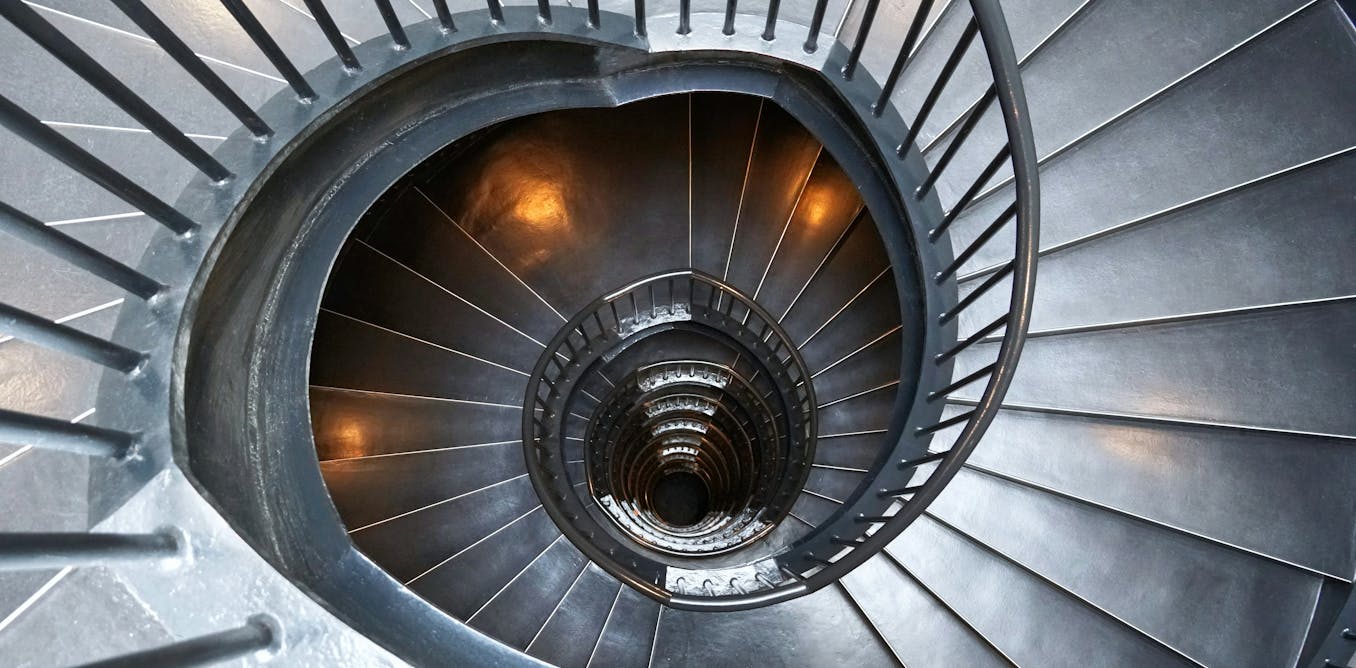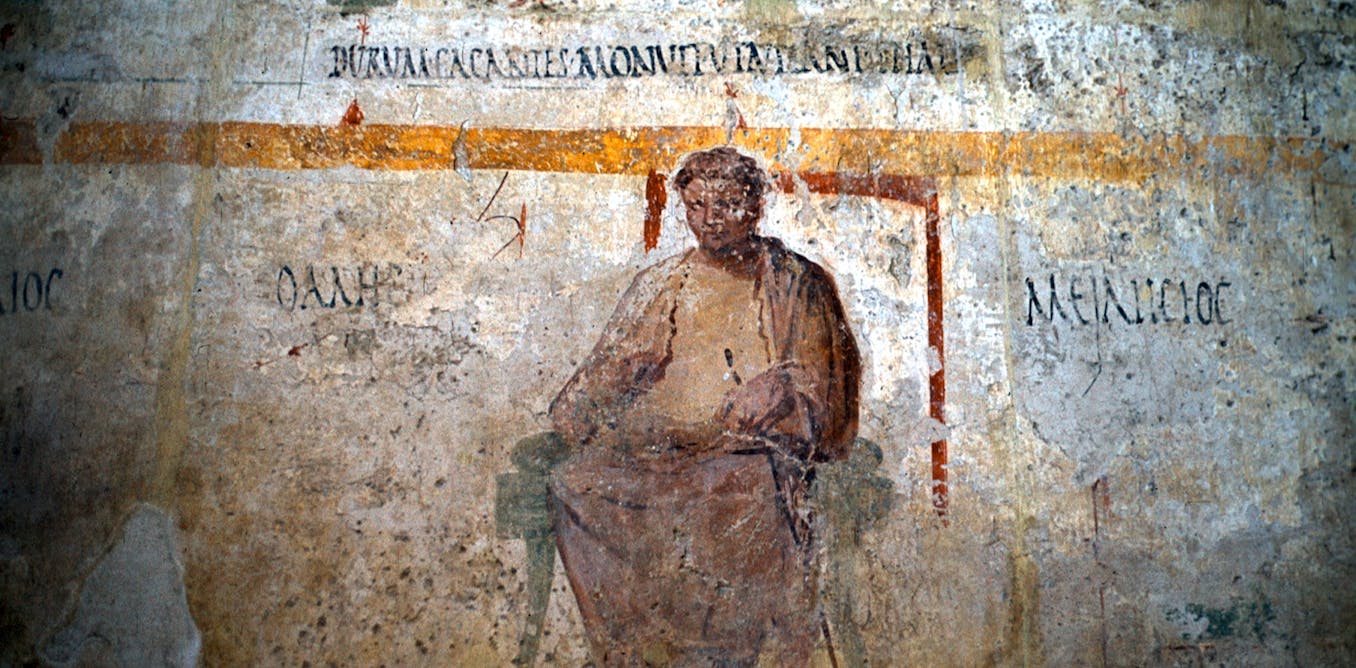In his TED Talk, Imran Chaudhri takes us on a journey through the evolution of technology, from the desktop computer to the smartphone, and now to a future where computers are disappearing altogether. Drawing on his experience at Apple and his work at Humane, Chaudhri introduces us to a new kind of wearable device and platform that is built entirely for artificial intelligence.
Chaudhri envisions a world where AI is integrated seamlessly into our daily lives, allowing us to interact with technology in a more natural and intuitive way. Gone are the days of constantly looking at screens or being tethered to our devices. Instead, Chaudhri paints a picture of a future where technology is ambient, contextual, and almost invisible.
With the power of AI, Chaudhri shows us how we can access information, communicate, and navigate the world around us in ways we never thought possible. This technology opens up a world of possibilities, where our devices become extensions of ourselves, empowering us to live more freely and be more present in the moment.
As Chaudhri concludes his talk, he leaves us with a vision of a future where technology truly enhances our lives, rather than detracts from it. It’s a bold and exciting vision, one that challenges us to rethink our relationship with technology and imagine a world where the possibilities are endless.
Watch the video by TED
Video Transcript
I spent 22 incredible years at Apple, helping to design experiences and devices ranging from the Mac to the iPhone to the Apple Watch. And as the power of compute increased, the size of our computers or our devices decreased. The desktop paved the way for extraordinary interconnectedness, but it was stuck to your desk.
The laptop provided portability, but you still had to be sitting down to use it. And the smartphone evolved us into the modern, connected humans we are, providing millions the ability to access the internet from our pockets. And the smart watch was a window to that phone.
A companion device with a whole host of health insights, all shrunk down to your wrist. But what comes next? Some believe AR/VR glasses like these are the answer, but they merely move the screens we already have in our lives today to being just millimeters away from our eyeballs.
A further barrier between you and the world. And the future is not on your face. In fact, in 2017, the legendary tech journalist Walt Mossberg wrote in his final column that he felt that soon, one day, technology would become invisible. And that the computer would disappear. And we agree. Sorry. This is my wife. I’m going to have to get this. Hello? Bethany Bongiorno: Hey, babe. IC: Hey, Bethany. How’s it going? BB: Good. Are you at TED? IC: Yeah, I’m on the red circle right now, actually. Bethany: Oh, great, good luck. And don’t forget to mention me. IC: I won’t, babe, thank you. Bethany: Love you. IC: Love you, too. Bye. It’s going to get different in a minute. So my wife, Bethany, and our entire company, Humane, have been working to answer the question of what comes next. And you may ask yourself, why? Why would anybody do this? It’s because we love building technology that genuinely makes people’s lives better. And we believe that artificial intelligence or AI
Would be the driving force behind the next leap in device design. And there is an incredible amount of stuff that’s happening in this space. Huge, huge advancements. And even Bill Gates has said of OpenAI’s GPT that it’s only the second most revolutionary technology demonstration that he’s seen in his entire lifetime.
But what do we do with all these incredible developments, and how do we actually harness these to genuinely make our life better? If we get this right, AI will unlock a world of possibility for all of us. And today I want to share with you
What we think is a solution to that end. And it’s the first time we’re doing so openly. It’s a new kind of wearable device and platform that’s built entirely from the ground up for artificial intelligence. And is completely standalone. You don’t need a smartphone or any other device to pair with it.
In fact, I’m wearing one right now. And it interacts with the world the way you interact with the world. Hearing what you hear, seeing what you see. While being privacy-first and safe and completely fading into the background of your life. We like to say that the experience is screenless, seamless and sensing,
Allowing you to access the power of compute while remaining present in your surroundings, fixing a balance that’s felt out of place for some time now. And I can’t wait to share more details about what we’ve built, and I will in the next few months.
But today I want to talk to you about what it unlocks. And what it means to be able to take AI with you everywhere. And what happens when technology increasingly disappears. Technology becoming invisible affords us new opportunities of how we interact with compute. We’ve become so accustomed to tapping on an app
Or moving a cursor with a mouse that it feels second nature. But that’s by design. When I was working on the iPhone, I used to test interactions like slide-to-unlock with my infant daughter. She was the best possible focus group. She’s 16 now,
And she’s got a lot more ideas than she did back then. This also, by the way, is the only non-AI generated image that you’ll see from me today. And as I look at it now, I see more than ever why a future driven by AI
Is far better than a future that would involve more screens. Like this. He’s cute, though. But for the human-technology relationship to actually evolve beyond screens, we need something radically different. Let me show you. Where can I find a gift for my wife before I have to leave tomorrow?
(Voice) Vancouver’s Granville Island is a lively shopping district. IC: That’s an incredibly simple response for a very complex query. How often do we find ourselves in a new city, wrestling with our phones, trying not to bump into people, trying to figure out where we’re going and where we’re supposed to be?
It’s even harder when we don’t speak the language, right? Let me show you something. Invisible devices should feel so natural to use that you almost forget about their existence. IC: You’ll note that’s me and my voice, speaking fluent French, using an AI speech model that’s part of my own AI. This is not a deepfake. In fact, it’s deeply profound. This is my AI giving me the ability to speak any language and you having a chance to hear me speak that language
In my own emotion and my own voice. Thank you. This is moving away from the experiments that make us all concerned about the direction compute is going in. But it’s instead using technology to create real, responsible compute products that are in service to us and built on trust. This is good AI in action. And we spent thousands of hours
Reimagining and redesigning new types of compute interactions, ranging from complex voice commands to intricate hand gestures, all in service of trying to find more natural ways to interact with compute. Why fumble for your phone when you can just hold an object and ask questions about it?
The result almost feels like the entire world becomes your operating system. And when compute disappears, it allows us to get back to what really matters: a new ability to be present. Like riding a bicycle in the park and just ripping through emails
Or going to a concert without having to hold up your phone to capture it. Or experiencing your toddler’s first steps without a screen between you and your child. In the future, technology will be both ambient and contextual. And this means harnessing AI to really understand you and your surroundings
In order to achieve the best results. Imagine this. You’ve been in meetings all day and you just want a summary of what you’ve missed. Catch me up. (Voice) Patrick is coming to tomorrow’s design meeting. Bethany wants to move next week’s dinner, and Oliver is asking about soccer this weekend.
IC: These are emails, calendar invites and messages, all surfaced up to the top. You can use these to help guide your decision making, manage your workload and sculpt tailored responses in your own voice. And in the context of your life. And we gain this context through machine learning.
The more you use our device powered by AI, the more we can help you in all times of need. Your AI effectively becomes an ever-evolving, personalized form of memory. And we think that’s amazing. In fact, let’s say you’re health conscious or you have certain types of food considerations. Let me just show you.
Picked up one of these chocolates. Used to eat a ton of these when I was a kid. Can I eat this? (Voice) A milky bar contains cocoa butter. Given your intolerance, you may want to avoid it. IC: So I can’t eat these anymore. But what’s cool is my AI knows what’s best for me. But I’m in total control. I’m going to eat it anyway. (Voice) Enjoy it. IC: Your AI figures out exactly what you need. And by the way, I love that there’s no judgment. I think it’s amazing to be able to live freely. Your AI figures out what you need at the speed of thought. A sense that will ever be evolving as technology improves too.
And these examples are just the start. As AI advances, we will see how it will transform nearly every aspect of our lives. In ways that will seem unimaginable right now. In fact, Sam Altman from OpenAI feels the way we do. And that AI is grossly underestimated.
And I’ll add, so long as we get it right. We really believe that we’re only beginning to scratch the surface of what’s possible. Embed advancements of AI, like in our device that’s actually built to disappear and allow experiences to come forward,
And we open up entirely new possible ways of how you interact with technology and how you interact with the world around you. More humane, intuitive interactions that are screenless, seamless and sensing. This is so much more than devices just getting smaller or more powerful. This is the possibility of reimagining the human-technology relationship
As we know it. And that’s what’s so exciting. It’s a huge challenge, no doubt. But it’s the world that we want to live in. One where technology not only helps you get back into the world but enhances our ability to do so. It’s within reach. And you saw some of it today.
The future will not be held in your hand, and it won’t be on your face either. The future of technology might almost be invisible. Thank you.
Video “The Disappearing Computer — and a World Where You Can Take AI Everywhere | Imran Chaudhri | TED” was uploaded on 05/09/2023 to Youtube Channel TED



